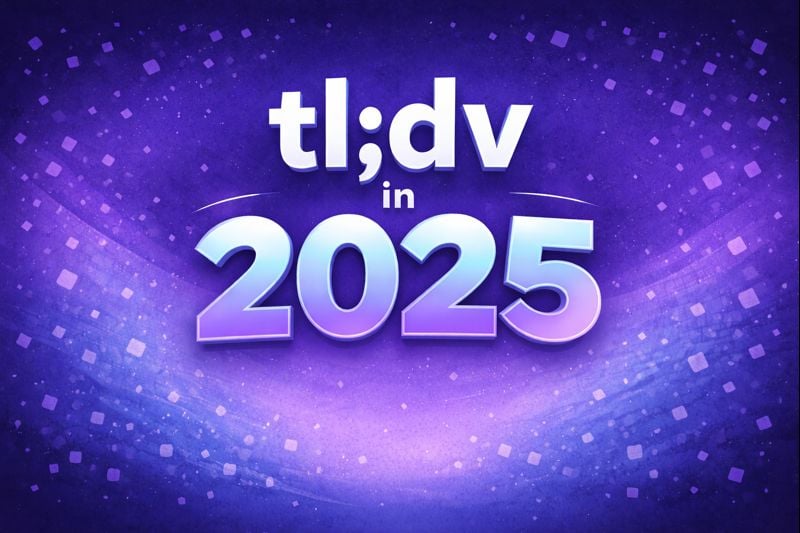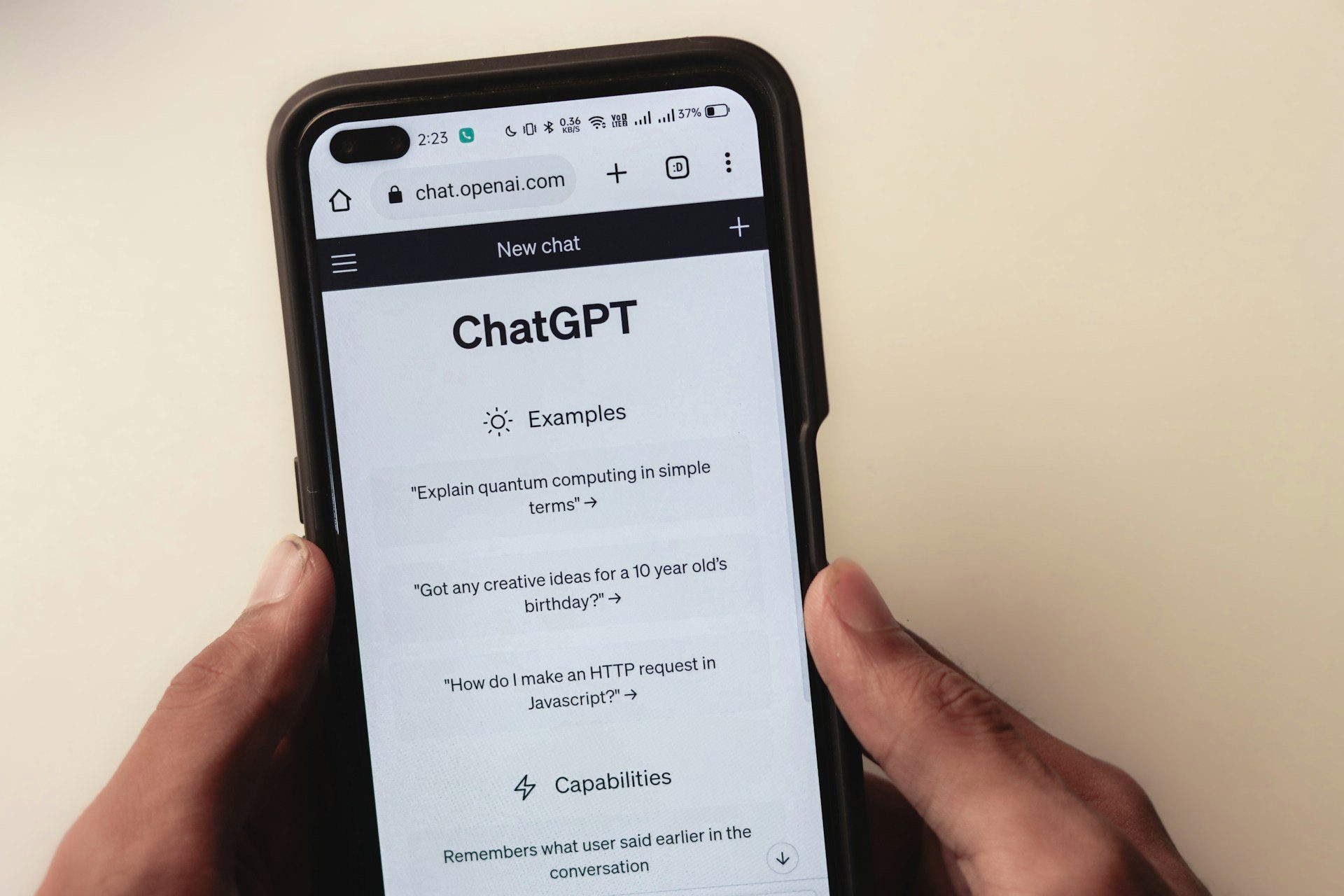Onboarding new employees is essential to any company. It can be the difference between a productive, happy employee and one who feels lost and frustrated. The chief aim of an employee onboarding process is to get the new employee up to speed as quickly as possible, while also assimilating them into the company culture.
Employees who feel well onboarded are 18 times more committed, generating more productivity. When it comes to employee onboarding, the golden number for cost hangs around $4,125. But is it worth it? You bet! Organizations that have streamlined employee onboarding systems get 250% more revenue growth with an additional 190% of the profits of organizations that do not have poorly developed employee onboarding systems.
Creating a great onboarding experience takes time and effort, but it’s well worth it in the end. There are many ways to create an effective onboarding experience, but these tips will help you get started.
How To Make Employee Onboarding More Efficient
The first move to take in creating a great employee onboarding experience is to make the process as efficient as possible. This may involve setting up systems and processes to help new employees easily find the information they need and get acclimated to their roles.
1. Plan Ahead.
It’s important to invest time and effort into developing a well-designed onboarding process that meets the unique needs of your company and employees. This might include deciding how employees will be trained, how feedback will be provided, or how different teams will collaborate during this process. Utilizing ATS system can greatly assist in streamlining the recruitment and onboarding procedures, making the entire process more efficient and organized
If your organization currently has an onboarding process, map it with the new plan. You don’t have to discard it all. Actively seek current employee feedback on the onboarding process, and use that information to make your process more refined. True onboarding processes are never-ending, they just get improved over time and evolve with the organization and its needs. But don’t aim for perfection. Plan, build a process, ship it and then use feedback to improve your process over time.
To ship a good enough process, focus on getting a few new hires to test the first version of your process. Build upon it with feedback, which is a key building block of any robust onboarding process. You will be able to reduce time spent on meetings and other aspects of onboarding that are excessively time-consuming and get more time to build a good relationship with the new employee through social activities like games.
2. Use Technology Wisely.
There are a variety of tools and technologies that can be used to support employee onboarding, such as learning management systems like tl;dv for building video knowledge bases, communication tools like Slack, and project management tools like Trello or video conferencing platforms like Zoom and Google Meet.
You could use a full HR management software like Zoho, Zavvy, or Monday to streamline all employee development, monitor progress, and establish what needs to be done to meet the organization’s goals. Likewise, performance management systems like Primalogik assist with Employee engagement and motivation. It allows you to get 360-degree feedback to learn about the employee’s strengths and weaknesses and helps them set goals aligning with the organization. It’s important to choose the right technology for your needs and ensure that employees have the necessary skills to use it effectively.
One of the frustrations of onboarding is that team members have to record sessions or have to be in live sessions to bring new employees up to speed on critical company values, strategies, and tools. Managers involved in the onboarding of the new employee can record standard as well as custom videos depending on the videos being made and which employees the material is being created for. Adding pre-made material to your process is one of the best ways to automate your onboarding, get more done, and get the full benefits of a streamlined onboarding process.
Once video content is made, they can serve all new employees for years to come, saving time and giving the various managers in charge time to focus on more pressing company matters. Saving time is great, but there is only enough material you can capture in a single onboarding session. With videos, knowledge hubs, and more, you get to give your new employees the opportunity to constantly develop themselves as they grow in the organization.
The final stage of any onboarding system is scaling it. One outstanding goal of any onboarding process is should be able to serve employees from different partners with different needs. Until that has been achieved, scaling is going to be an issue. And in essence, your organization won’t grow as much as it could without a streamlined onboarding process.
3. Evaluate And Adjust As Needed.
Once you’ve implemented your employee onboarding process, it’s important to evaluate how it’s going and make adjustments as needed.
This might include collecting feedback from employees or managers or making changes to the structure or content of the onboarding process. Feedback is a crucial part of any onboarding process. If you want to be successful with your onboarding, take feedback seriously. Perform feedback surveys from old employees as well as new employees.
Learn which aspects of the onboarding they like and which they don’t. Through time and much feedback, you can approach a system that runs on its own. An easy way to do this is to use feedback from understanding things that have to be repeated in any onboarding process.
Make videos with tl;dv, create documentation for them, and automate the process for new employees to learn on their own. An example is the GitLab handbook which outlines every bit of detail with regard to how the company is run and how employees are expected to do their tasks daily.
4. Remember That Onboarding Is A Journey, Not A Destination.
Onboarding is an ongoing process that should continue throughout the first year of employment and beyond. Employee onboarding is the perfect opportunity to engage with new employees and help them feel part of the team.
Try to create opportunities for socialization and networking, and provide support if they’re feeling overwhelmed. By focusing on your employees’ needs and evolving with their changing needs and priorities, you can create an effective employee onboarding experience that supports long-term success.
5. Get Creative.
Onboarding doesn’t have to be boring! Get creative and think outside the box to come up with new and innovative ways to engage your employees. Try using gamification, social media, or even virtual reality to spice things up and make the onboarding process more fun.
6. Stay Organized.
Keeping your onboarding process organized is key to creating a successful experience for both new employees and managers. This might include using workflow tools or scheduling regular check-ins with all stakeholders involved in the process. With the right tools and organization, you can create a great employee onboarding experience that sets your employees up for success from day one.
7. Keep It Simple.
When it comes to employee onboarding, less is more. Try to focus on the essential information and procedures that new employees need to know, and avoid overwhelming them with too much information at once. With tl;dv, you can completely educate all new employees without having to set up onboarding that takes all the time of key employees whenever you have a new hire. You can always add new content to your tl;dv dashboard to reflect new company policies, strategies, and values. By keeping things simple, you can help employees assimilate into their new roles more quickly and effectively.
8. Have Fun!
Last but not least, don’t forget to have fun with your employee onboarding process! This is a great opportunity to get to know your new employees and help them feel part of the team. Use this time to build relationships and create memories that will last long after the onboarding process is over.
Some other strategies to improve your employee onboarding process include:
- Providing regular check-ins with managers and colleagues to provide feedback and answer any questions.
- Creating clear expectations of how long it will take for the employee to learn all necessary skills, so they feel supported throughout the process.
- Offering mentorship or coaching programs that pair new employees with experienced team members who can guide them and answer questions.
Overall, the key to creating an effective employee onboarding experience is to be proactive about addressing any potential challenges and giving new employees the support they need to succeed. By focusing on efficiency and maintaining a positive, supportive environment, you can help your new employees feel comfortable and confident in their roles from day one.
How To Assimilate New Employees Into The Company Culture
In addition to getting new employees up to speed on their roles, it’s also important to assimilate them into the company culture. This can be a challenge, especially if the company culture is very different from what they’re used to.
However, there are some strategies you can use to help make the transition smoother:
- Clearly communicate the company’s values and how they should be reflected in day-to-day work.
- Encourage new employees to get involved in social activities and events, such as after-work drinks or team-building outings.
- Help them connect with other employees by introducing them to people with similar interests.
- Encourage open communication and feedback, so new employees feel comfortable asking questions and sharing their ideas.
Taking the time to assimilate new employees into the company culture is essential to creating a great onboarding experience. By helping them understand the company’s values and how they fit into the workplace, you can make them feel like they belong from day one.
Creating A Great Onboarding Experience Takes Time And Effort – But It’s Worth It!
Making sure your employees have a great onboarding experience doesn’t happen overnight. It takes time and effort to create an efficient process and ensure that new employees are properly assimilated into the company culture. However, it’s well worth the investment. Employees who feel supported and valued during the onboarding process are more likely to stay with the company and be productive, happy employees. So, if you’re looking to create a great employee onboarding experience, these tips will help you get started.
How To Improve Virtual Onboarding
If you’re looking to improve how your company onboard new employees, one strategy you may want to consider is using virtual tools. Virtual employee onboarding can offer a number of benefits, such as:
- Reducing the time and cost of training by allowing online learning made possible and ridiculously easy with tl;dv.
- Helping employees learn at their own pace and access information in different formats, such as video or written content. Yet again, tl;dv is the easiest tool out there to create automated self-paced employee onboarding content.
- Allowing remote managers and colleagues to provide guidance and feedback on an ongoing basis.
- Creating a consistent experience for all new employees regardless of location or role.
In order to effectively implement virtual employee onboarding, it’s important to plan ahead and create clear guidelines around how the process will work. This might include deciding which technologies will be used, how employees will be expected to learn, and how to provide feedback and support. By taking the time to plan ahead, you can ensure that your virtual employee onboarding experience is efficient and effective.
Importance of a Good Employee Onboarding Experience
Employee onboarding is the process of acclimating new employees to their roles and responsibilities within a company. It’s important to have a good employee onboarding experience for several reasons:
1. Reduce Turnover Rates
New employees who have a positive onboarding experience are less likely to leave the company within the first year.
2. Increase Productivity
Employees who receive comprehensive training during onboarding are more likely to be productive in their roles.
3. Improve Engagement
Employees who feel valued and supported during the onboarding process are more likely to be engaged with their work.
4. Build Morale
A positive onboarding experience can help build morale among new employees and improve how they feel about the company.
Onboarding is an essential part of any business, but it’s often overlooked. It’s important to remember that onboarding is not just about training new employees; it’s also about making them feel welcome and part of the team. By taking the time to create a great onboarding experience, you can set your employees up for success from day one.
There are many ways to create an effective onboarding experience, such as using virtual tools, providing comprehensive training, and focusing on engagement and morale. Whether you’re looking to improve an existing onboarding process or create one from scratch, these tips will help you get started.
What Are The 4 C’s Of Onboarding?
One key component of effective employee onboarding is the 4 C’s: collaboration, communication, culture, and consistency. These components are essential for helping new employees acclimate to the company and their roles within it, and should be integrated into all stages of the onboarding process.
Collaboration
Collaboration refers to how information and resources are shared among team members during onboarding. This can include things like providing clear guidelines for how new employees should interact with colleagues and using collaborative tools or platforms to facilitate information sharing.
Communication
Communication involves how effectively new employees are able to receive and send messages within the company. This may include communicating expectations around work schedules or professional development goals, as well as making sure that there is adequate support and feedback for new employees as they adjust to their roles.
Culture
Culture refers to how closely the company’s culture is reflected in onboarding. This can involve things like familiarizing new employees with company values and traditions; providing opportunities to connect with colleagues from different departments, or helping new employees understand how their roles support the overall mission of the company.
Consistency
Consistency refers to how consistent and structured onboarding is across different teams and locations within the organization. This may include things like maintaining a centralized training program using tl;dv, setting clear guidelines on how onboarding should be completed or using standardized templates for documentation and materials. Consistency is critical to creating the perfect employee onboarding experience because it is difficult to determine where you are going wrong and right if you keep changing the process without conducting deep studies. By using a tool like tl;dv, you have a system that is consistent, automated, and helps new hires get on board at their own pace. This means you can always evaluate your current material for efficiency and effectiveness by examining the material on tl;dv and the effects on the new hires who used the material.
By incorporating these 4-C’s into your employee onboarding process, you can ensure that your new hires are well supported and prepared to succeed in their roles from day one. But that can be time-consuming if there are new hires every now and then. A better way to incorporate the 4Cs into your onboarding is to automate employee onboarding with tl;dv. All you need to do is to have videos pre-recorded with tl;dv and have them in an onboarding system where new hires can go through the content on their own time. tl;dv allows you to leave notes on key timestamps to highlight more important parts of each video. This has helped reduce onboarding hours for companies.
Conclusion
Onboarding is a critical component of any successful business, and it is crucial that this process be done efficiently and effectively. Some key elements of an efficient onboarding experience include providing comprehensive training through an employee onboarding automation tool like tl;dv will save you tons of hours, focusing on collaboration and communication, and ensuring consistency across different teams and locations.





